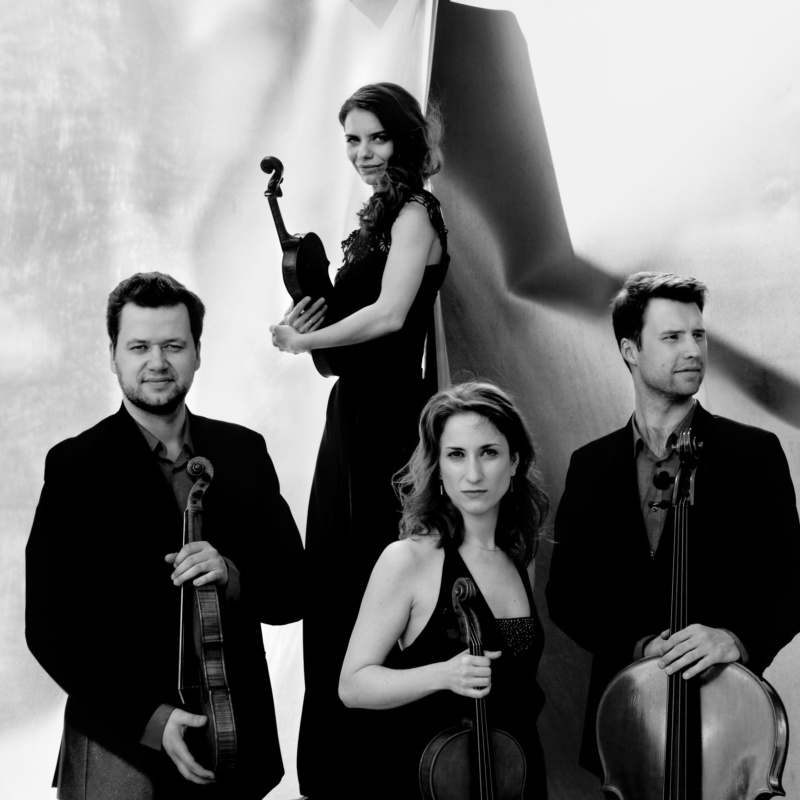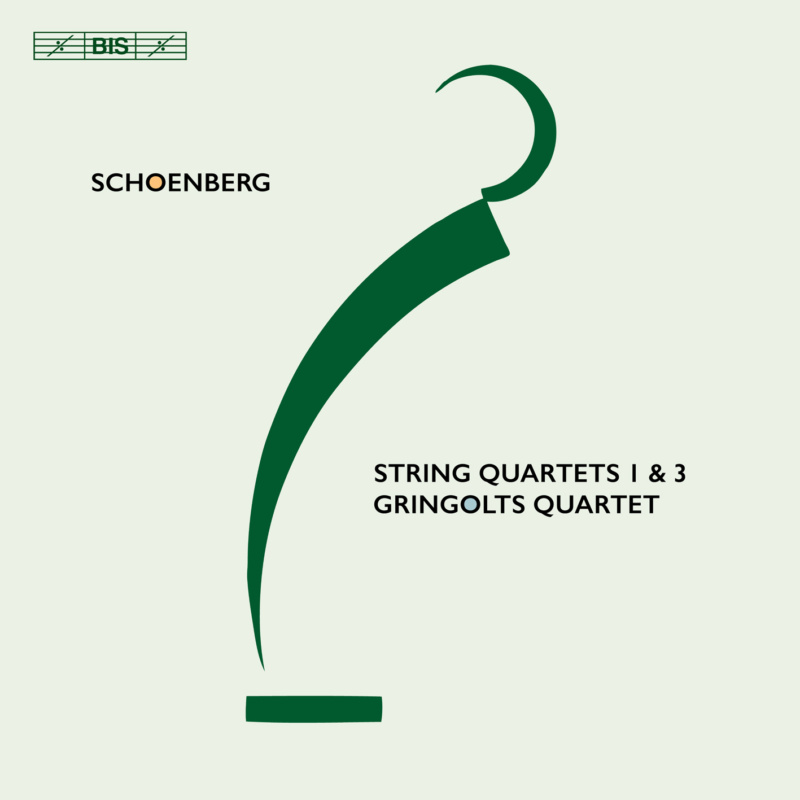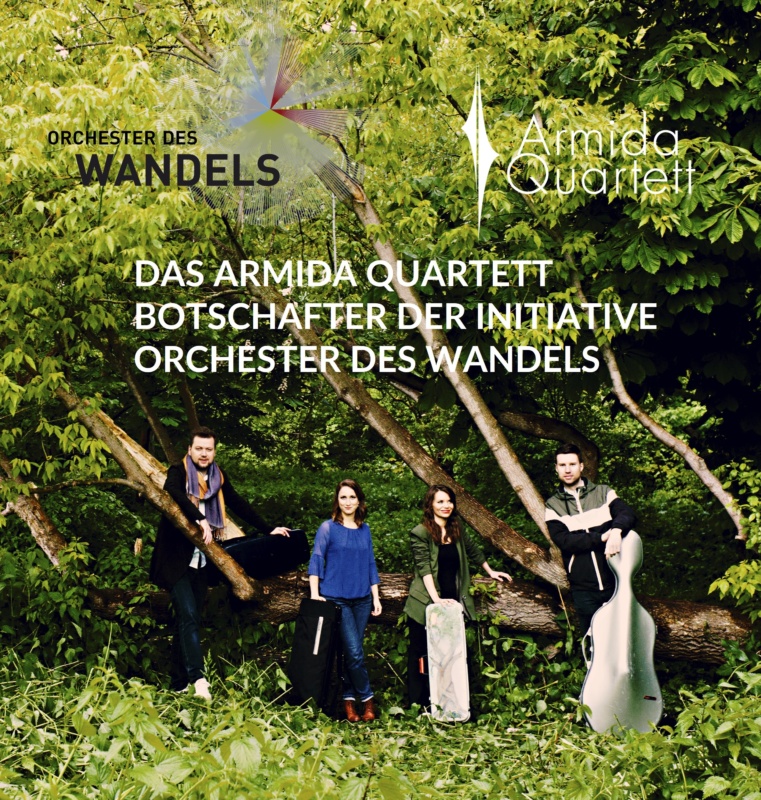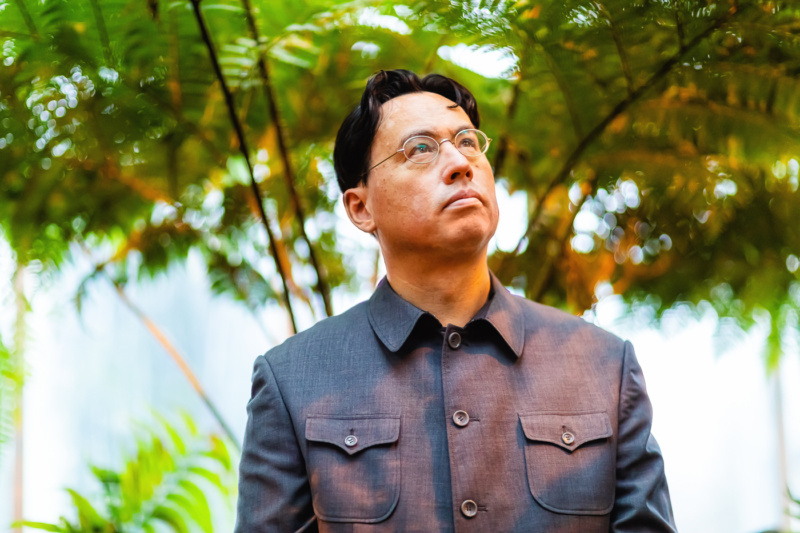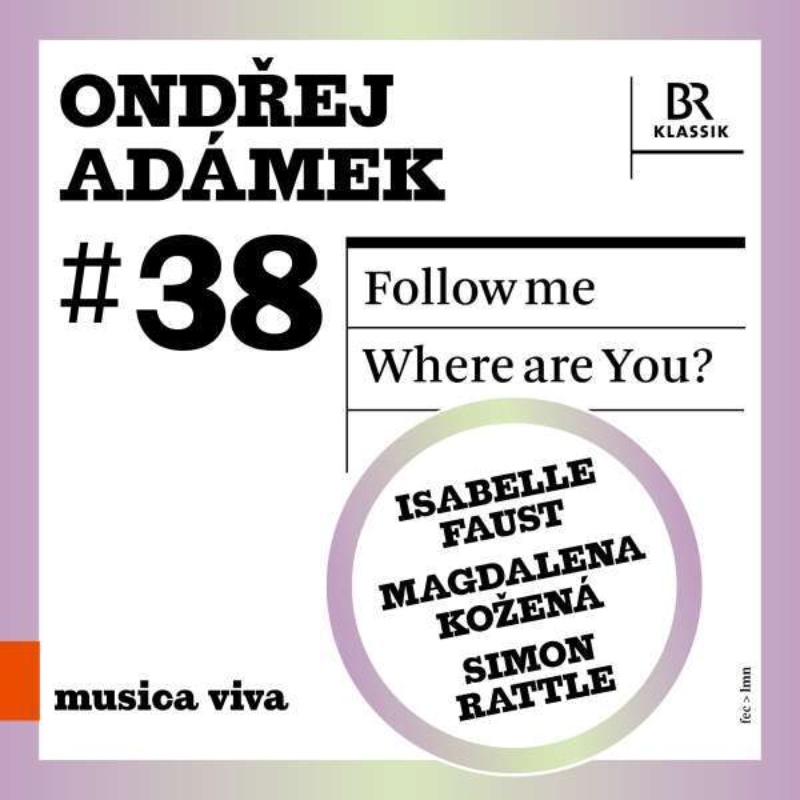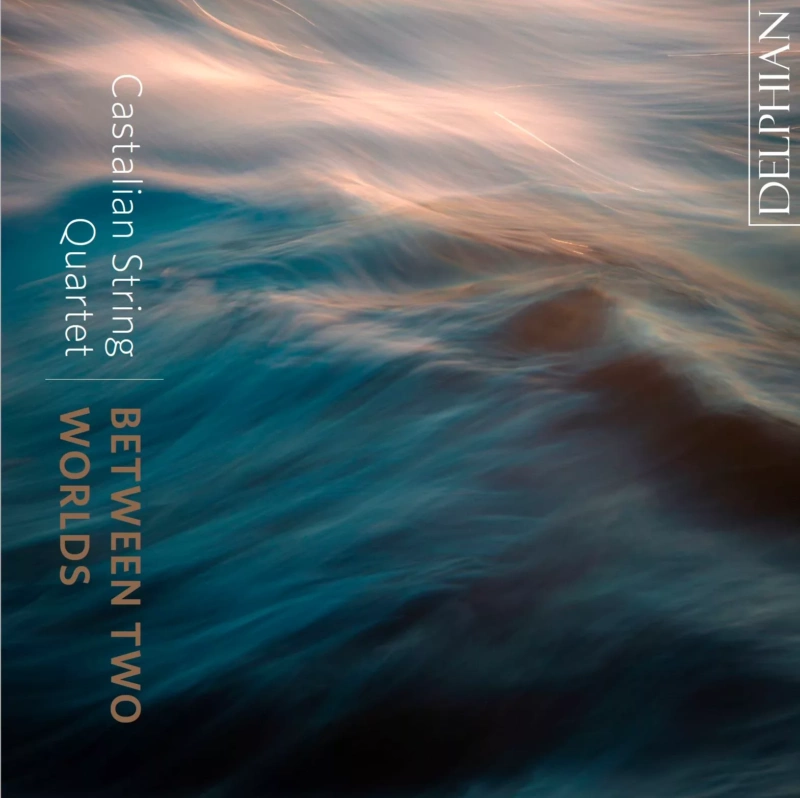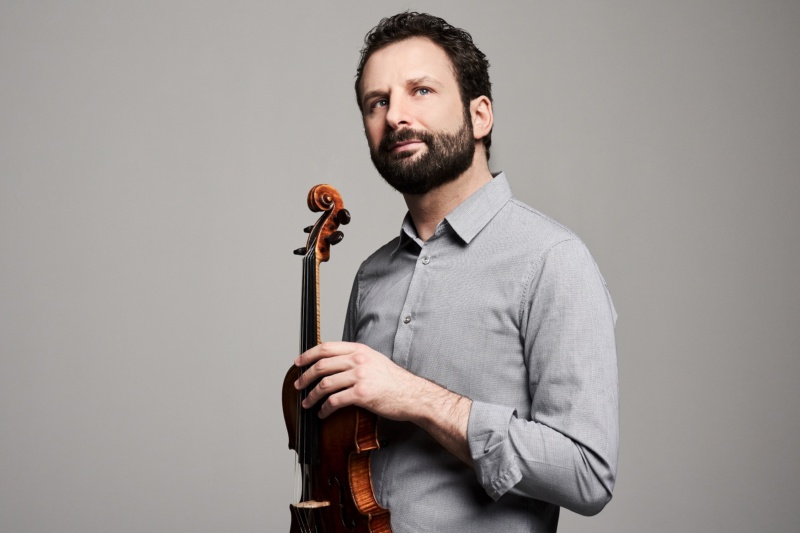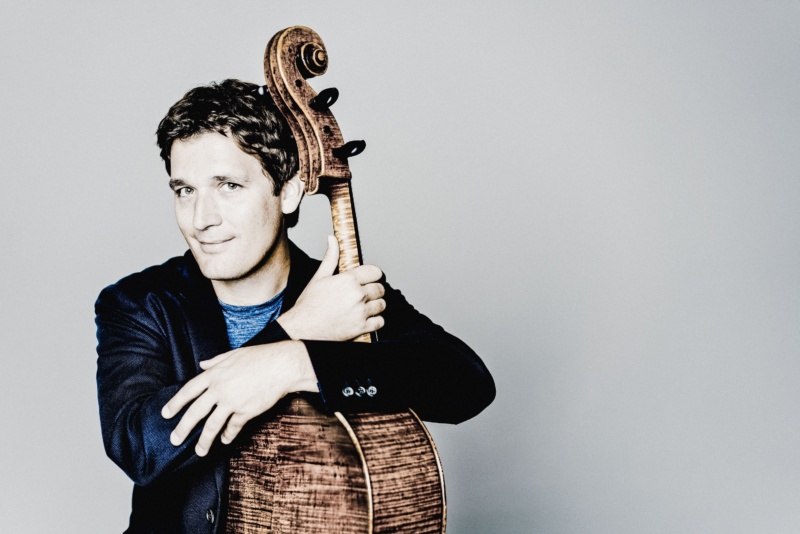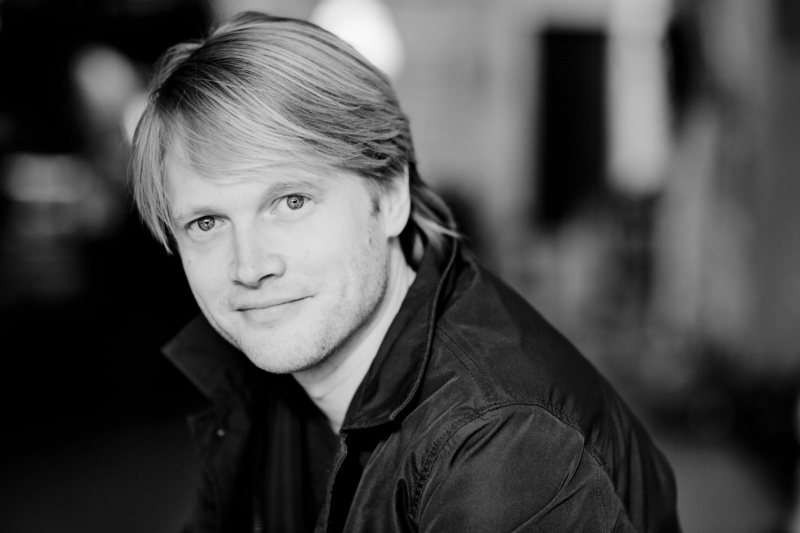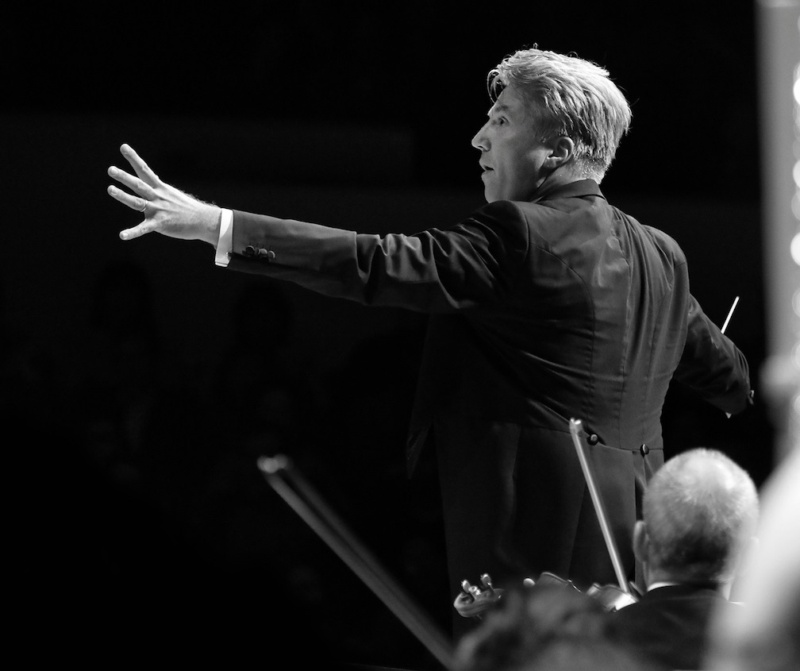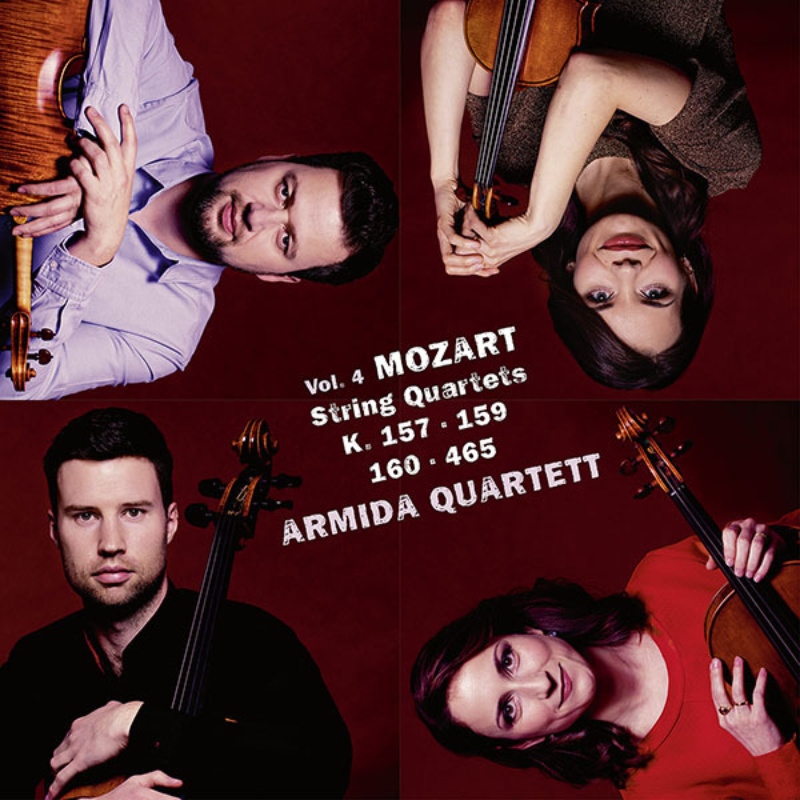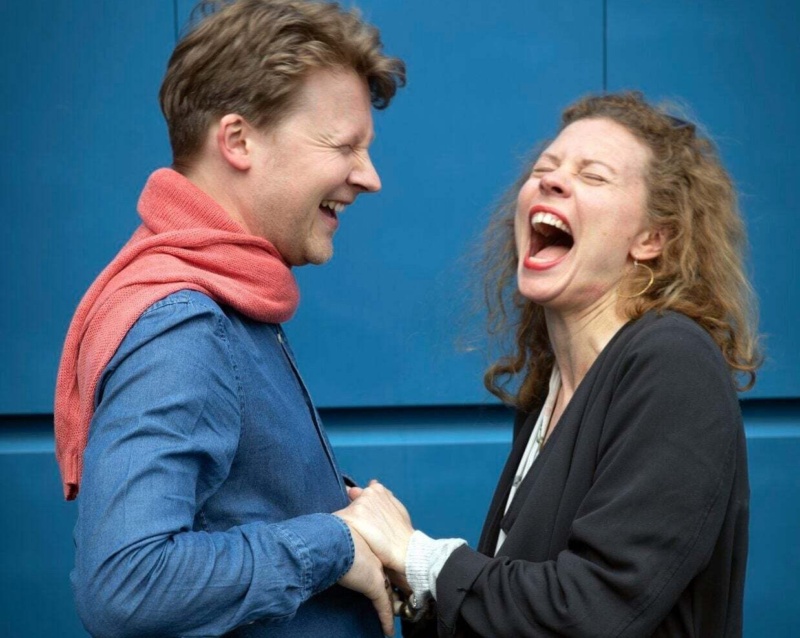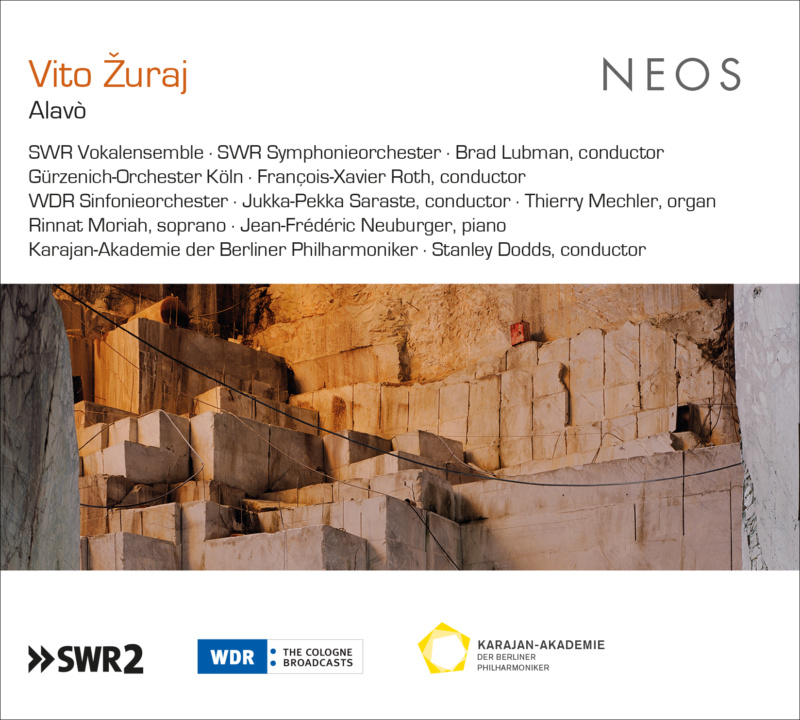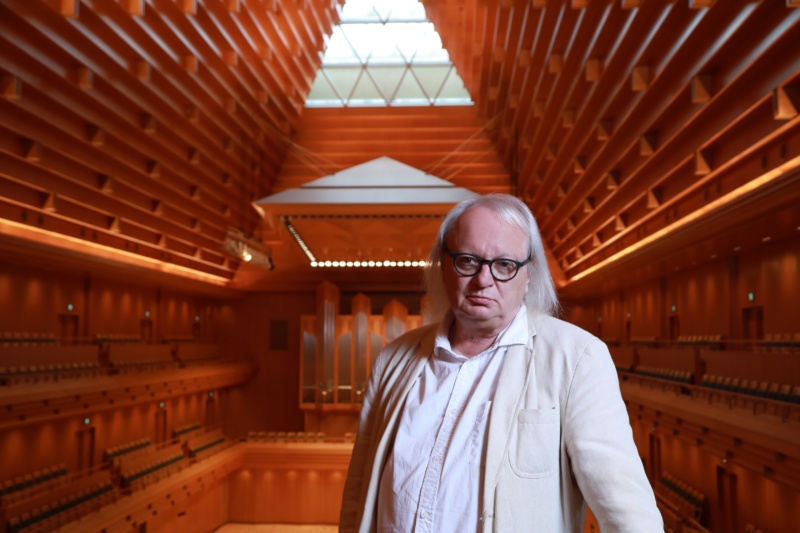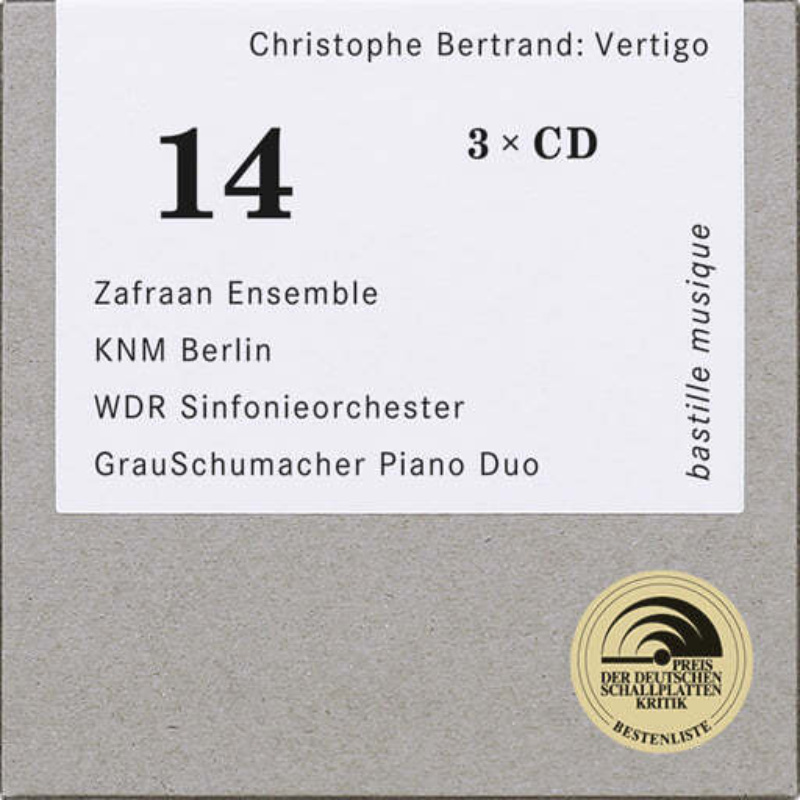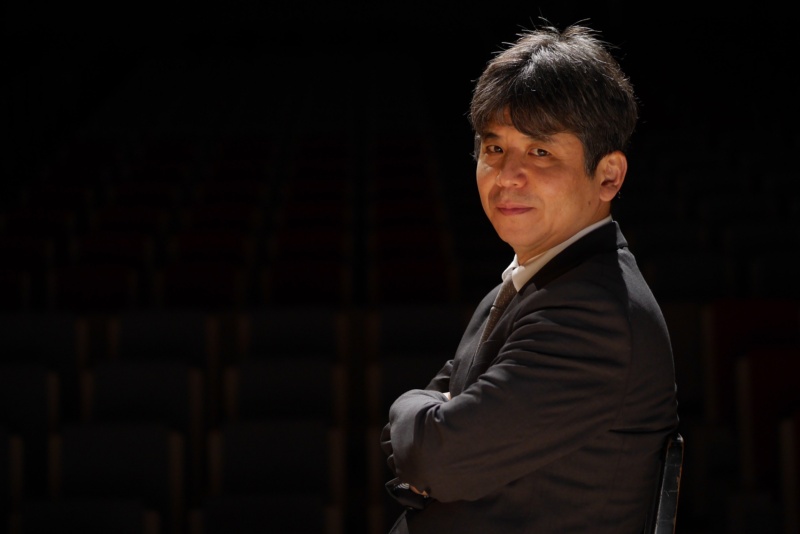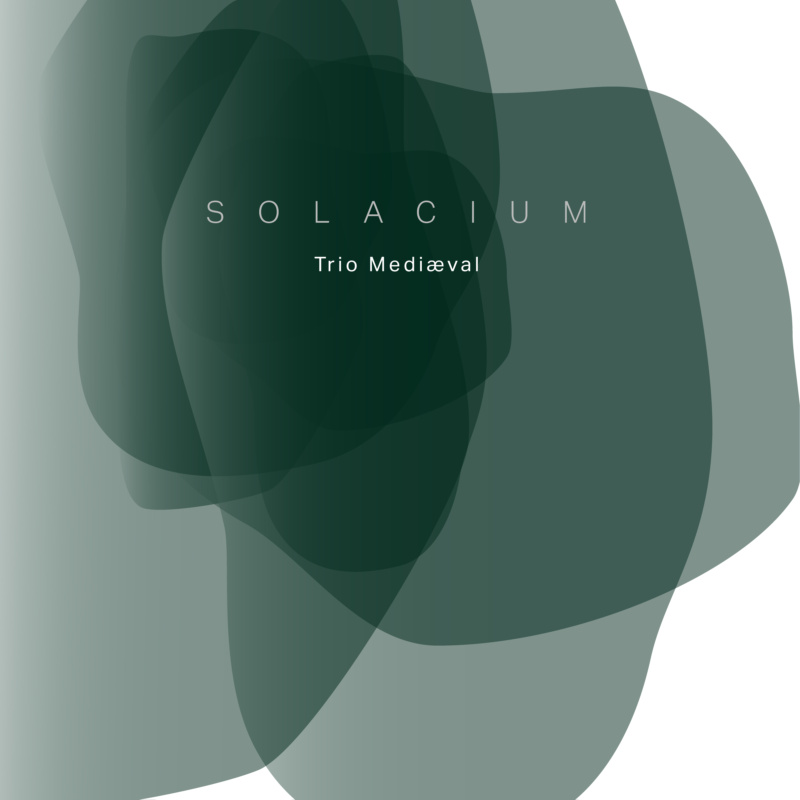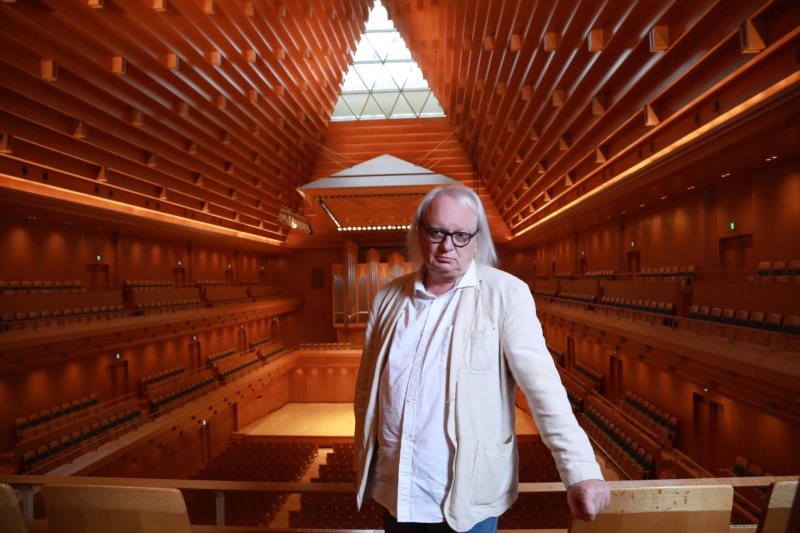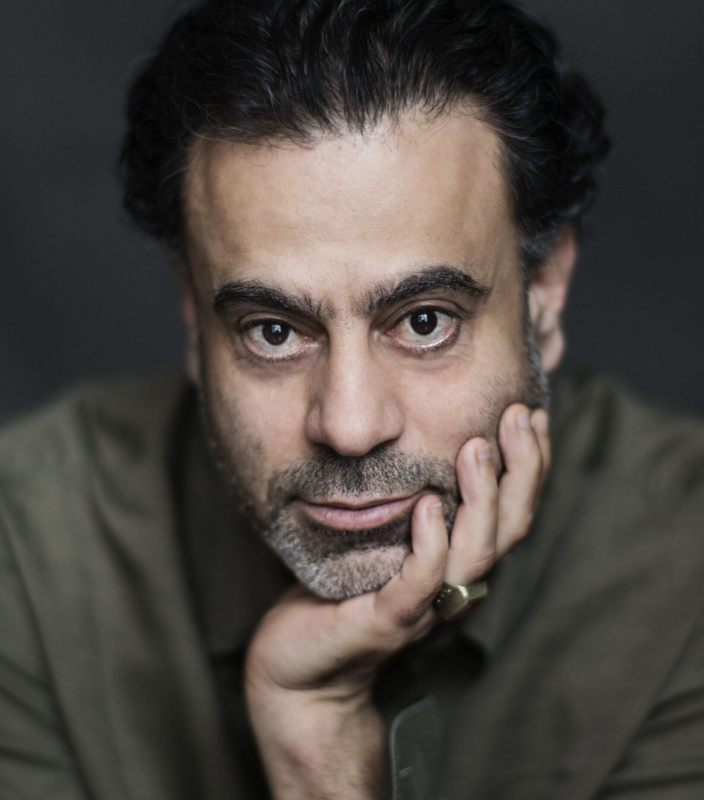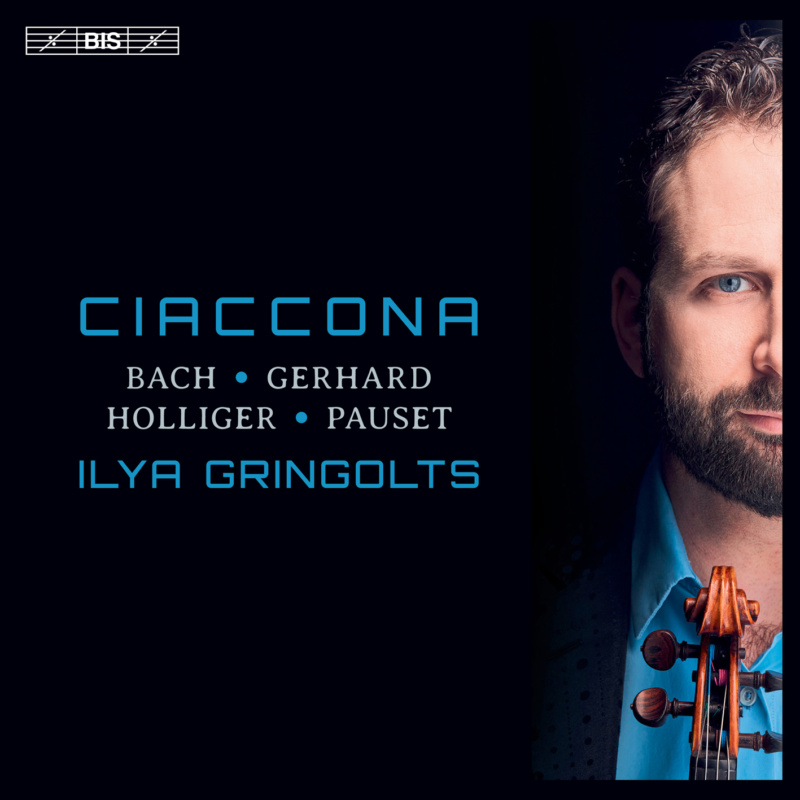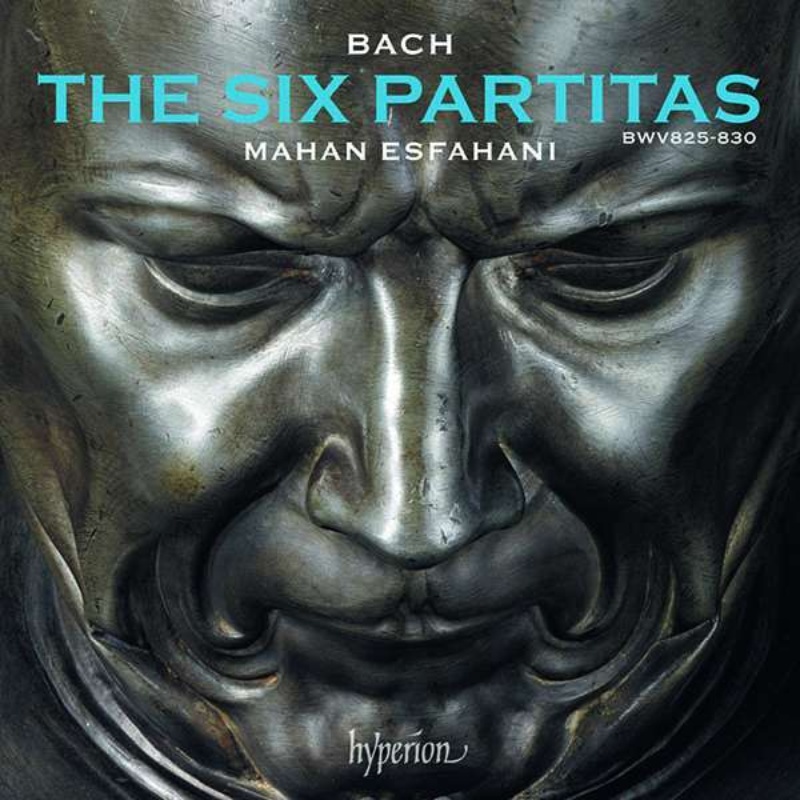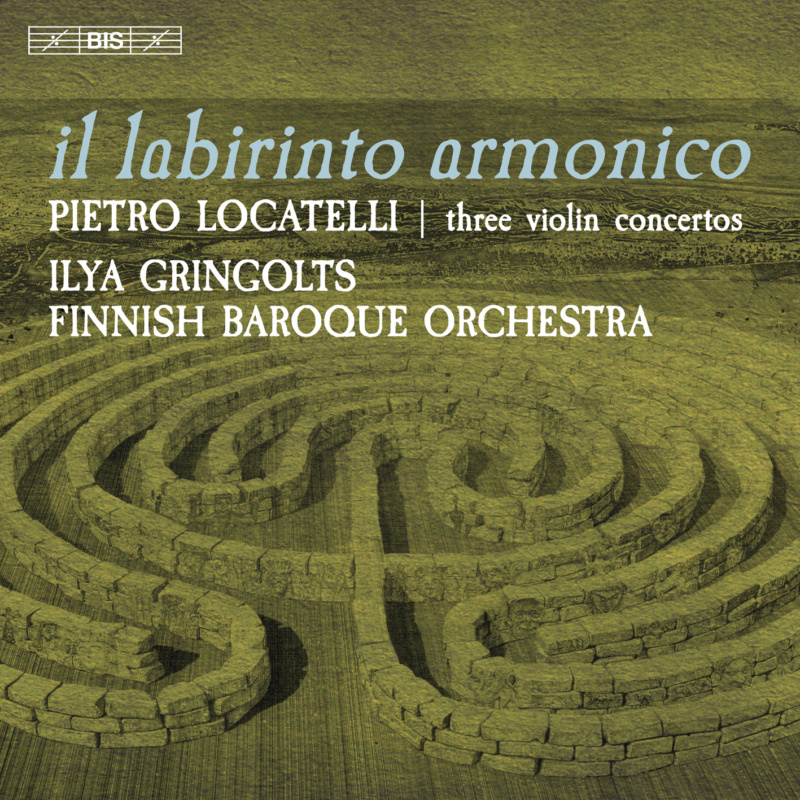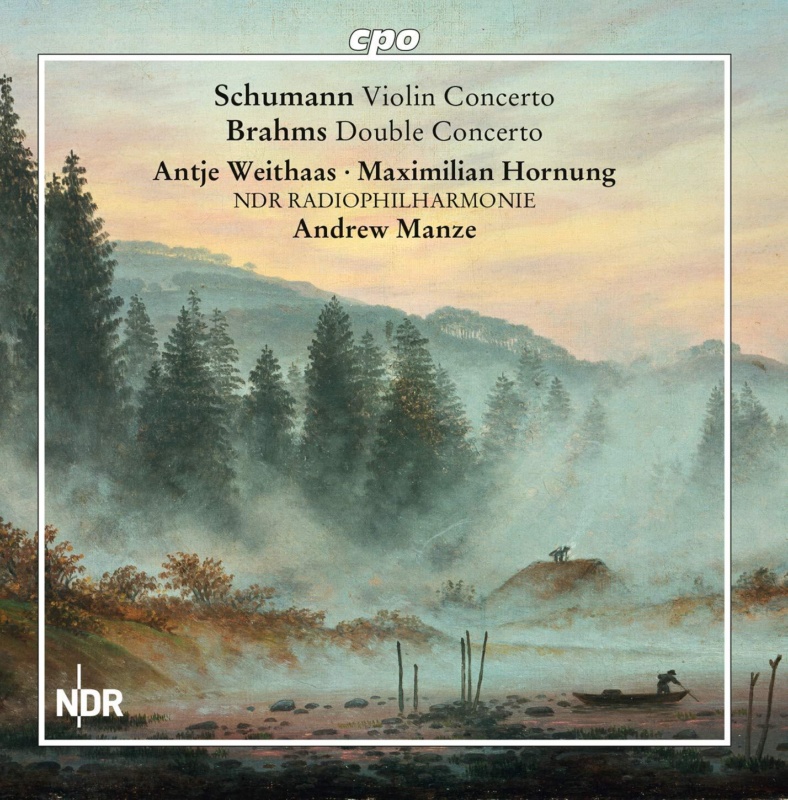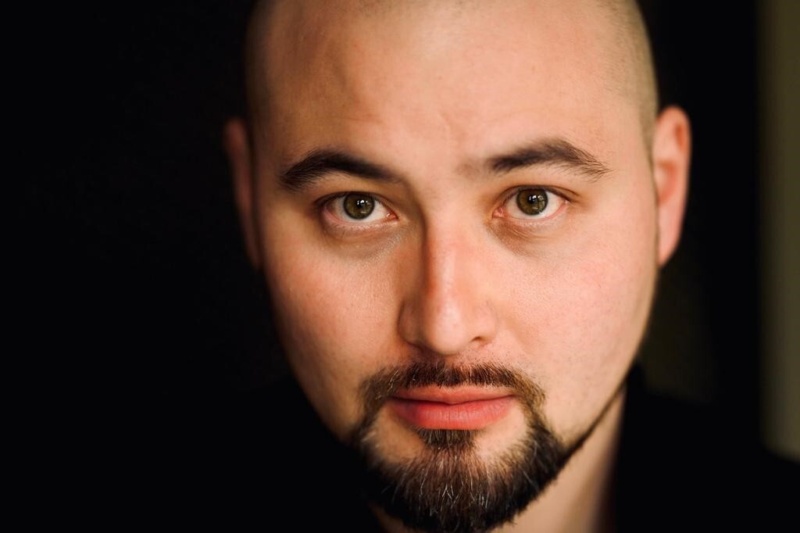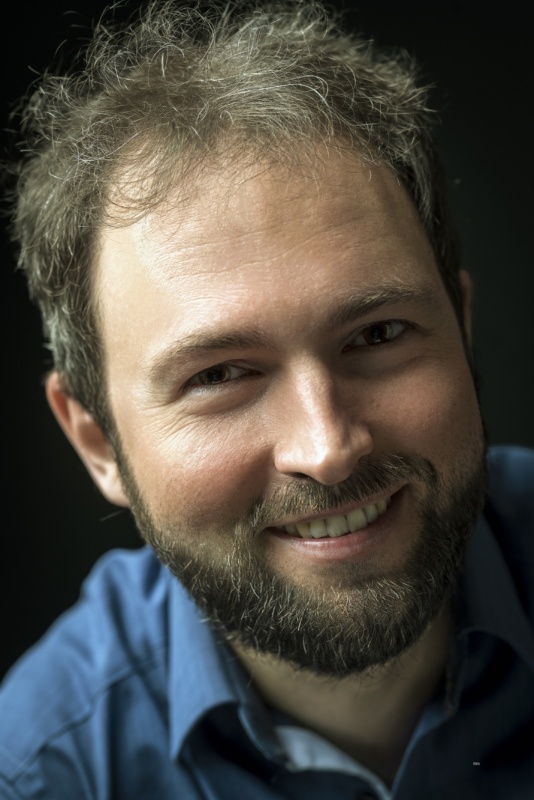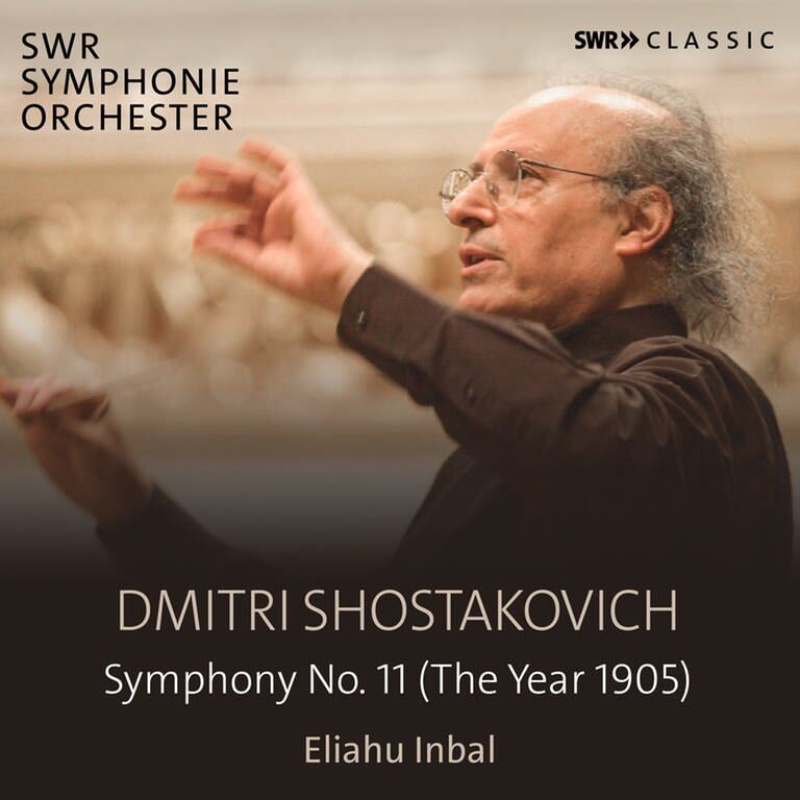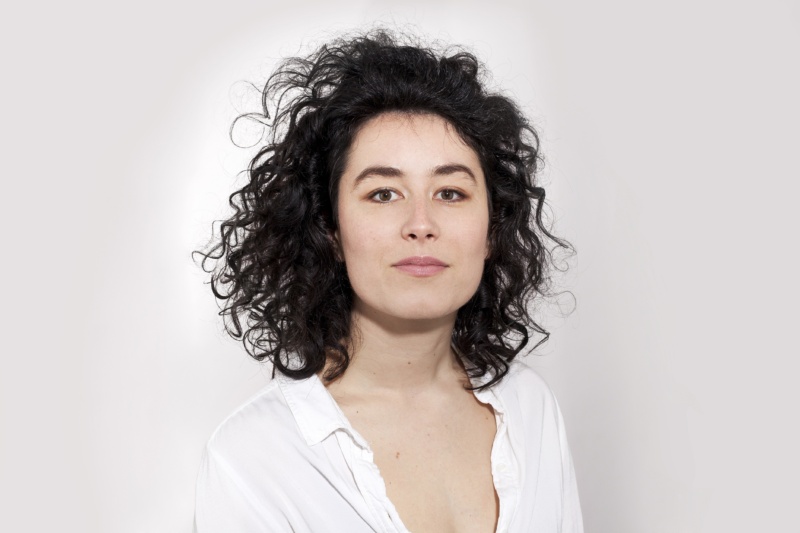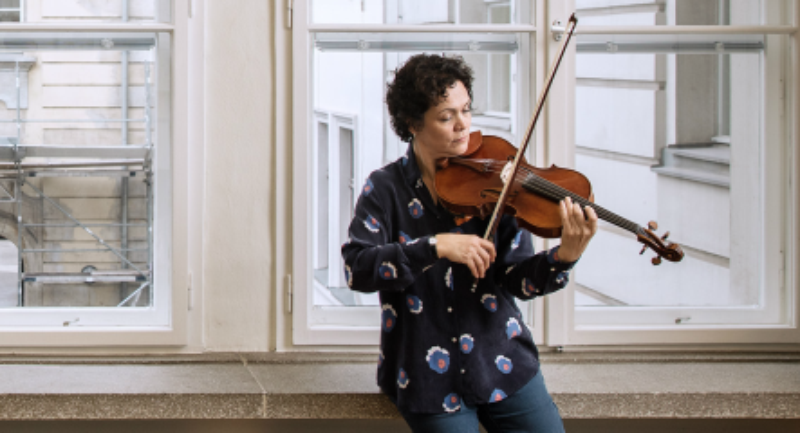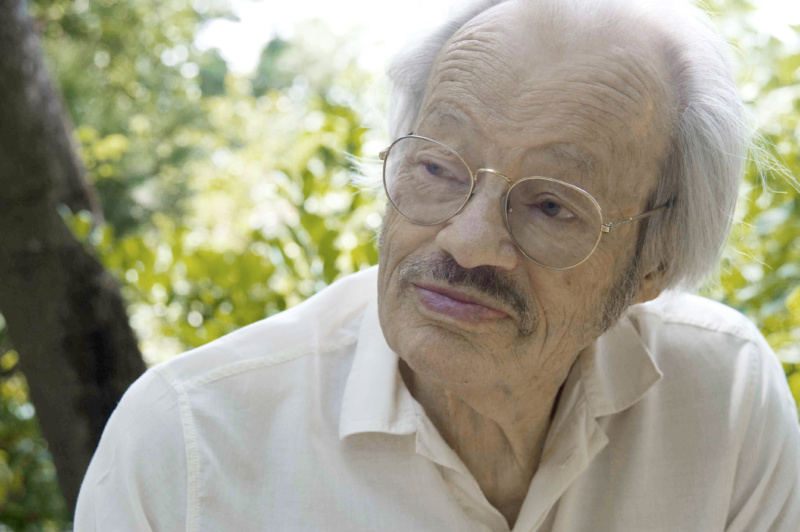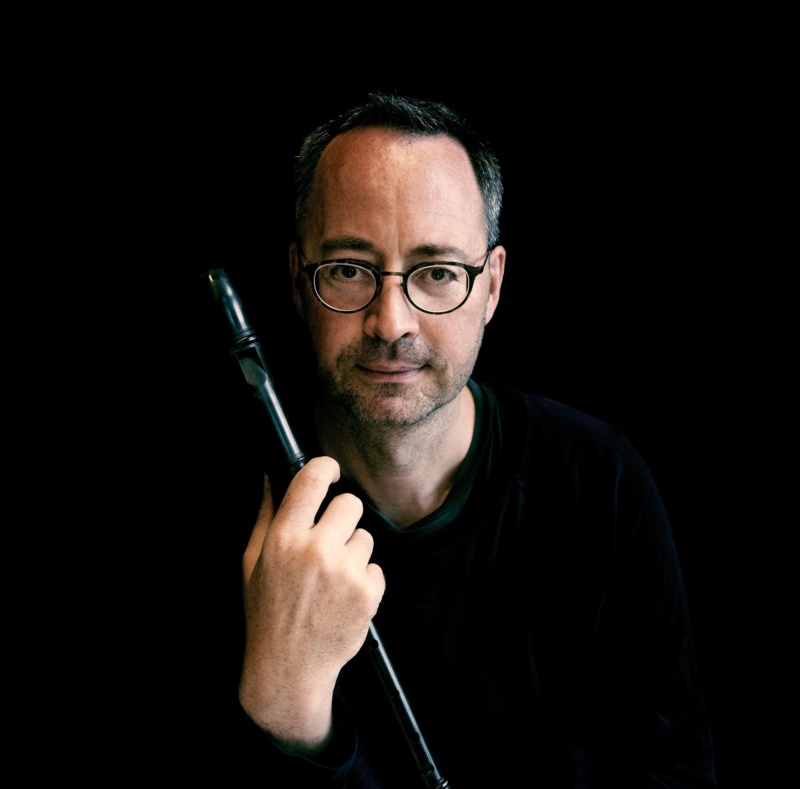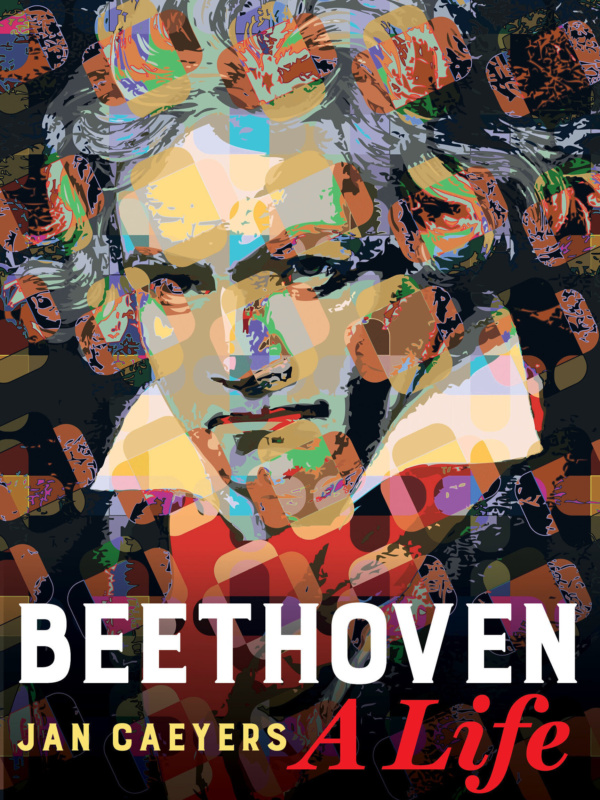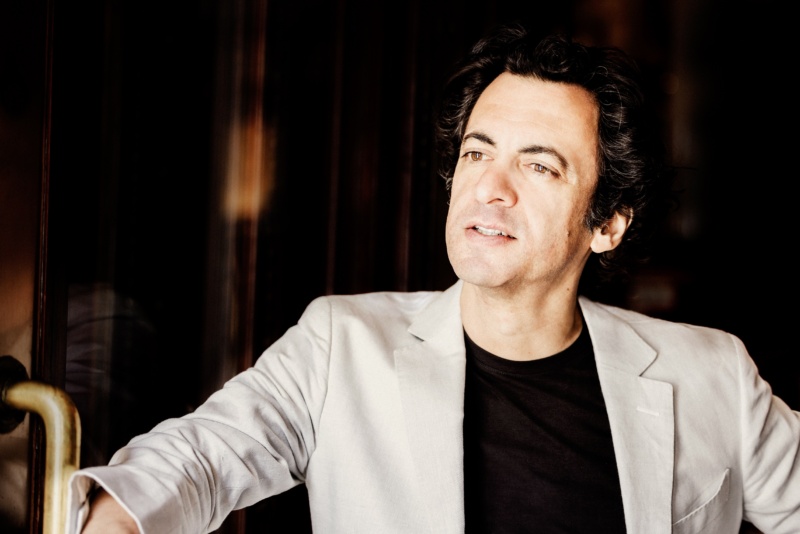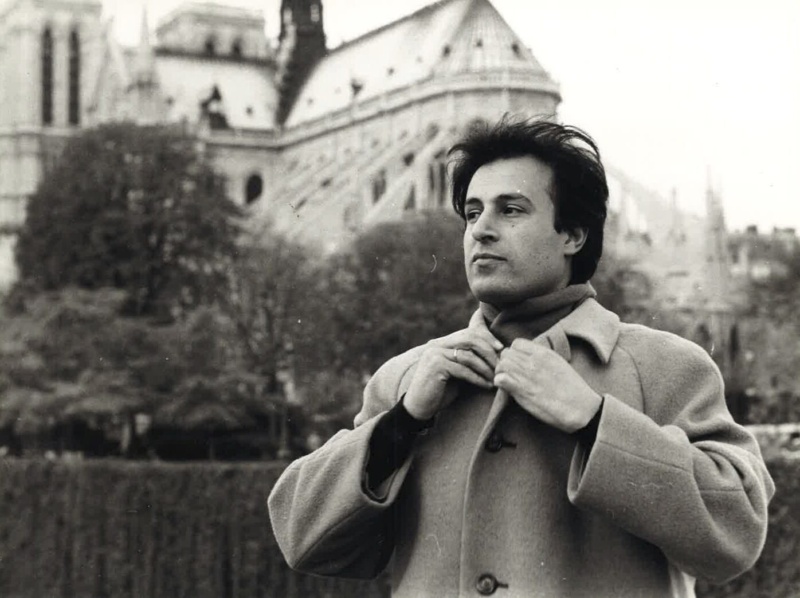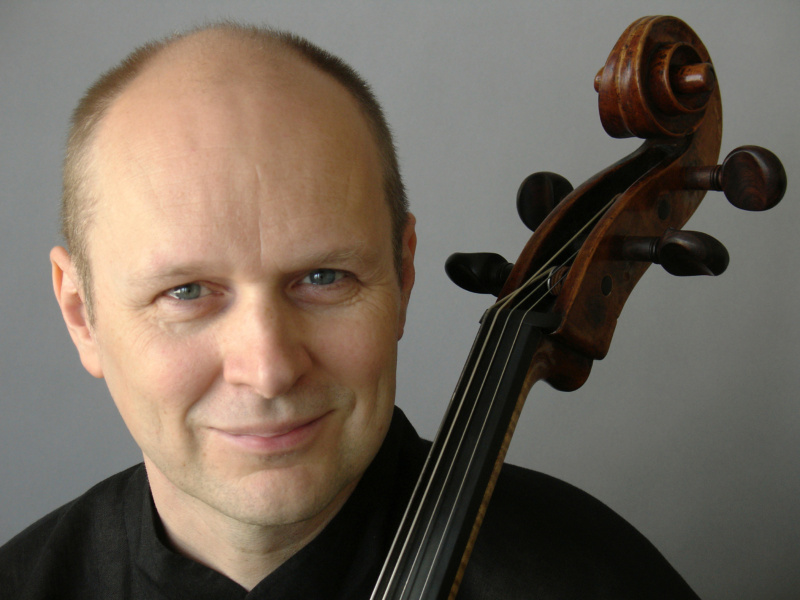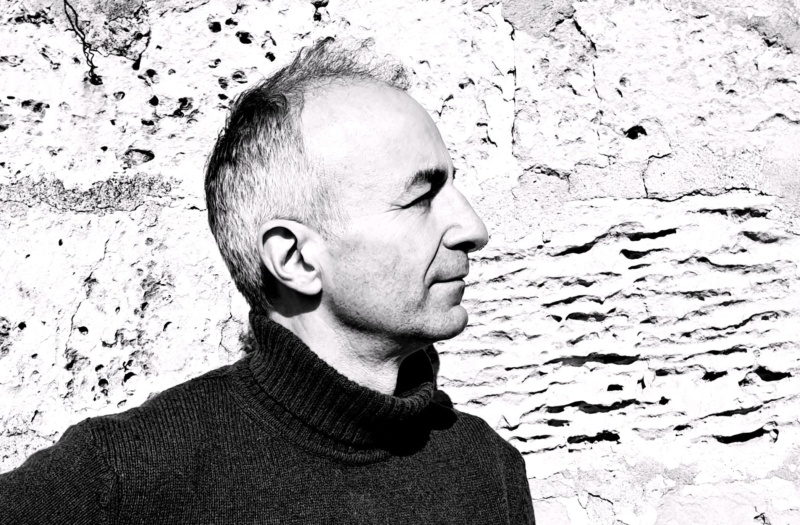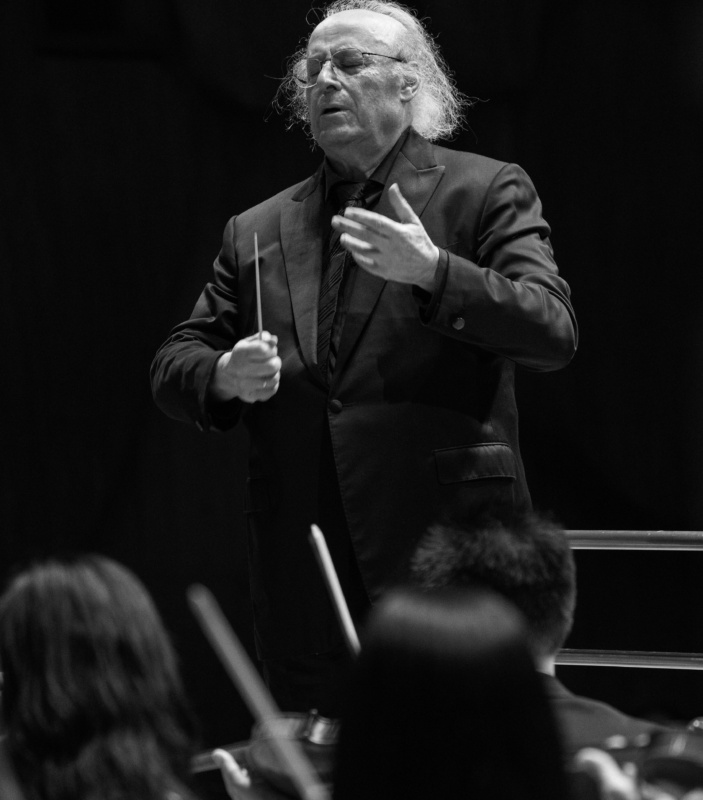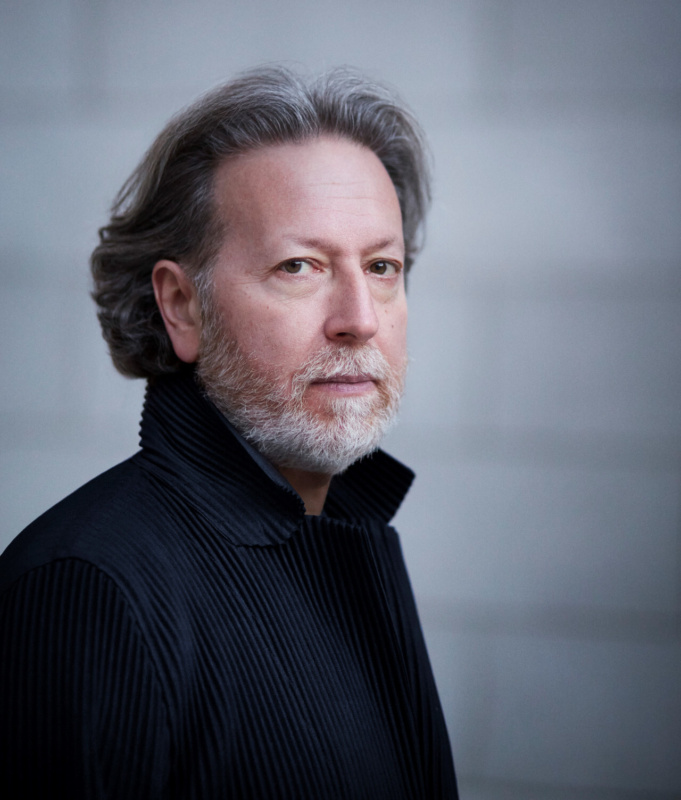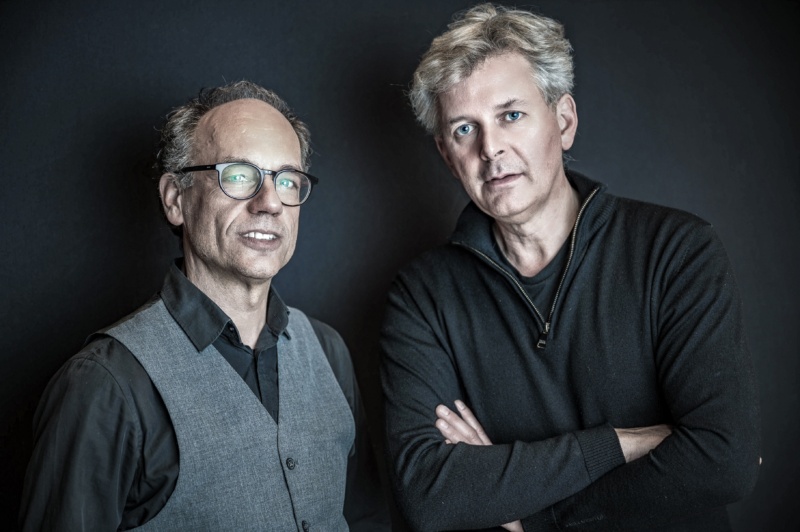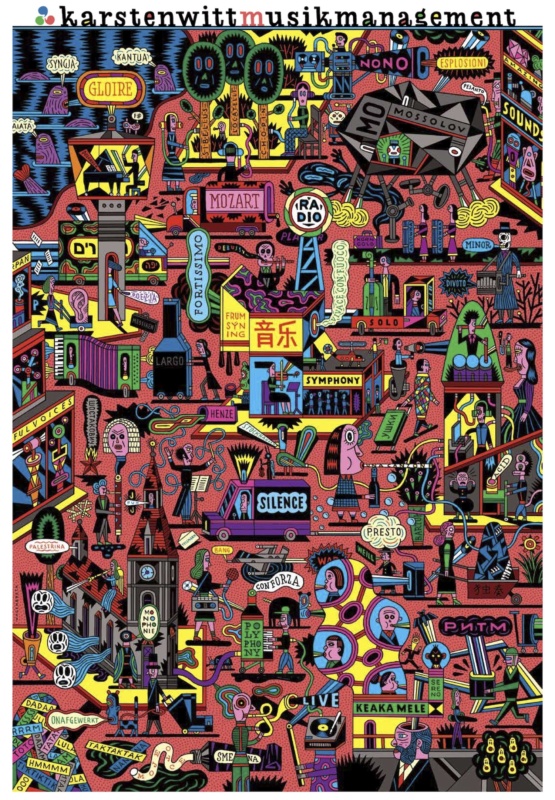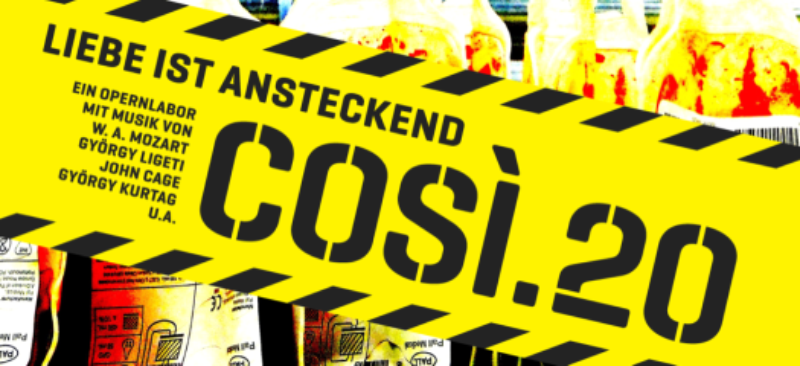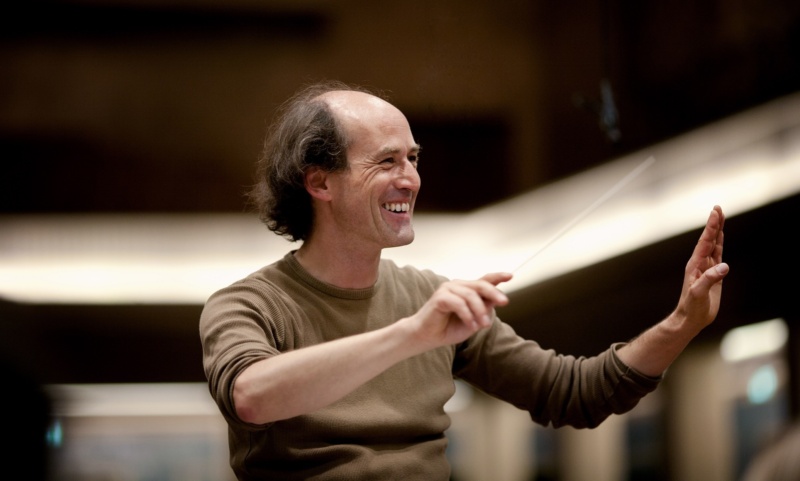David Krakauer, a classically trained clarinettist with degrees from the Juilliard School of Music in New York, has devoted much of his adult life to the art of klezmer. Krakauer had his first encounter with klezmer music in 1980, when he heard the Eastern European Jewish klezmer master Dave Tarras play live. “Although he was already quite old and technically not so precise,” David recalled his playing, “he created a sound that sent a shiver down my spine. It was totally unforgettable!”
For centuries, klezmer music was the standard music of Ashkenazi Jews
in Eastern Europe and was played at all weddings and celebrations.
Klezmer music incorporates many ideas from Greek, Balkan, Eastern
European and Roma folk music and it is dance music, made for dancing
while holding hands or with a partner. Krakauer explains that it is the
influence of cantorial synagogue music that sets klezmer music apart
from other forms of folk music. “In particular the ornament called krechts,
a sob or squeeze in Yiddish, is a sound that makes klezmer immediately
recognisable. The is produced by playing little ghosted notes between
the main notes. This gives the illusion of the emotional catch in the
voice reminiscent of the plaintive supplication found in cantorial
singing.” The klezmer style strives to replicate the human voice – the
cries, laughs and wails of humanity.
Scores of Eastern European Jews immigrated to the United States in the
late 19th and early 20th centuries and they brought klezmer music with
them. Klezmer music flourished in Jewish circles in the early 20th
century, as did Yiddish theatre and the art of Jewish Cantor song.
Klezmer music in the United States began to draw influence from American
music, especially jazz. David Krakauer also played jazz as a teenager,
and he cites his first great musical influence as Sidney Bechet, the
great New Orleans jazz clarinettist. “Hearing his music lead me to a
great love of jazz in general, and more specifically to a deep reverence
for the tremendous individuality of artists such as Louis Armstrong,
Coleman Hawkins, Billie Holiday, Charlie Parker, John Coltrane and the
great Duke Ellington. When I started to play klezmer, I was able to
weave these influences, in conjunction with Avant-garde classical and
jazz sounds, into ‘traditional’ klezmer to create my own personal style
of improvising.”
The children of these turn-of-the-century immigrants, however, began to
assimilate into American culture and by the 1960s, interest in klezmer
music had largely died out. Then, in the 1970s, the first klezmer
revival began in the United States, led by soloists such as Giora
Feidman and bands such as The Klezmorim. These musicians attempted to
accurately recreate klezmer music from the early 20th century from old
recordings and surviving klezmer musicians in the United States.
While working in New York as a classical musician, Krakauer began
experimenting with klezmer music as the second klezmer revival began in
the 1980s. In the late 1980s, Krakauer joined The Klezmatics, with whom
he toured around the world. Bands like the Klezmatics put their own
personal stamp on the music of earlier generations. “When I played with
the Klezmatics, it was not about re-performing old songs. We had
amplifiers, we were loud and we had an attitude almost like a punk
band,” Krakauer said in an interview with Radio Berlin-Brandenburg in
2011. Klezmer music gained many non-Jewish fans in both the United
States and Europe. In his early days with the Klezmatics, the band
travelled to Berlin. The experience was incredible. “Suddenly, we were
at this Festival in Berlin. We played in front of thousands of young
Berliners and they were all partying, and I thought, It’s different
here.” In talking to people throughout Europe while on tour, Krakauer
has found that people are moved to see the evolution of a European music
that came from Eastern Europe to America and then returned to Europe,
transformed by the American experience. Over the past two decades,
klezmer has also become a statement of support for multiculturalism in
Europe. “Jews before the Second World War were the multicultural
Europeans. Playing Jewish klezmer music seems to be a pro-multicultural,
pro-humanistic political act without ever being didactic or waving a
flag,” says Krakauer.
Composers have recently also succumbed to klezmer’s appeal. David
Krakauer is now a highly sought-after soloist and chamber musician and
has demonstrated his wealth of experience in classical and klezmer music
with pieces written especially for him such as Wlad Marhulet’s Concerto
for Klezmer Clarinet and Orchestra, which he performed in June 2012
with the Orchestre National de Lyon, and Osvaldo Golijov’s . He recorded
and toured with the Kronos Quartet and has performed the string
orchestra version in Detroit, Berlin, Munich, Dresden, Ulster, and
Madrid among other cities. He also tours with his bands Klezmer
Madness!, which continues to broaden the horizons of klezmer music, and
Abraham Inc., which fuses klezmer with funk and hip-hop.
Rachel Kelly 04/2012 | Übersetzung: Nina Rohlfs

